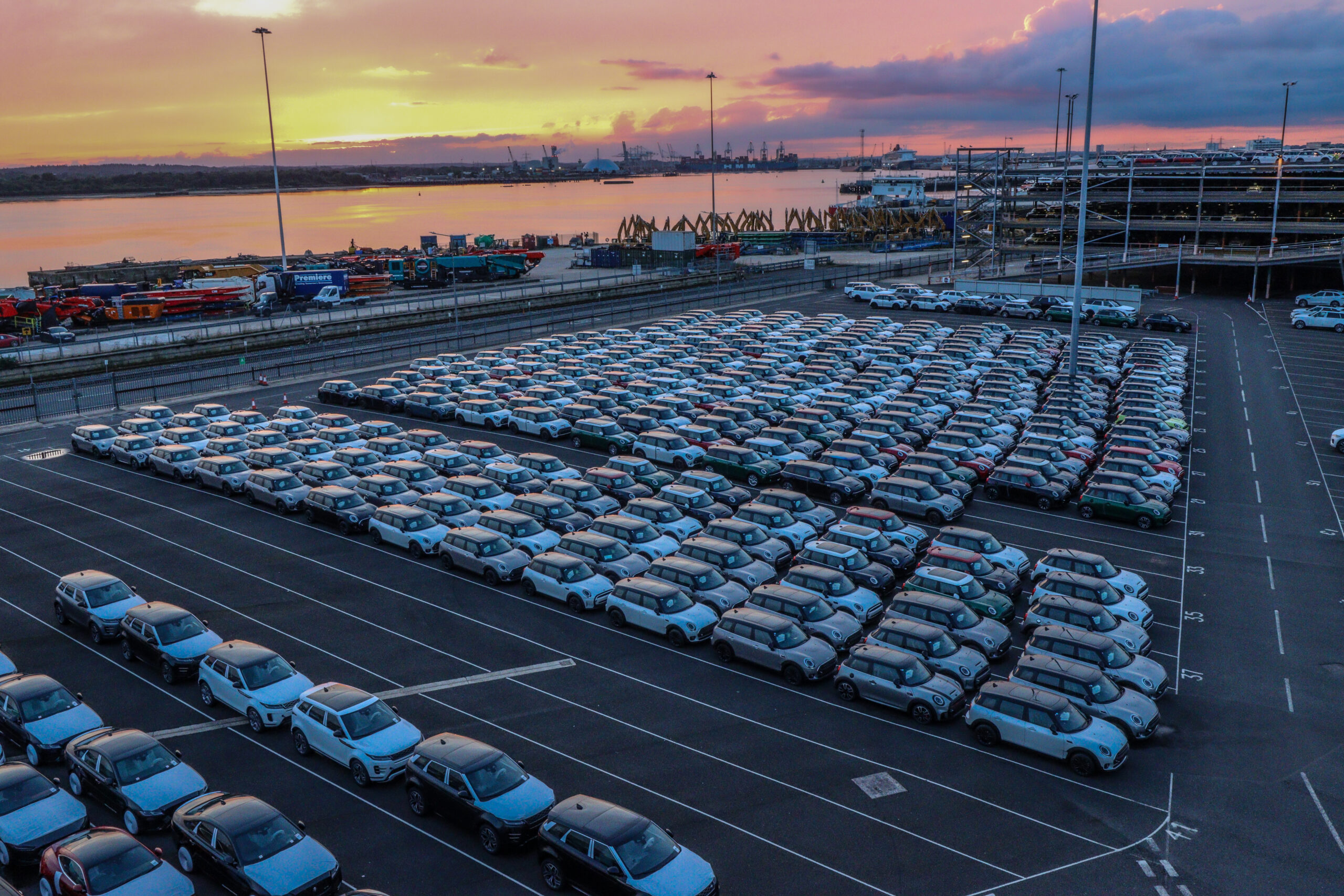
A happy start to the New Year was delivered by the latest annual vehicle registration figures, out today, which reveal that the new car market in 2023 had its best year since the pandemic. December’s strong performance wrapped up 17 months of consecutive growth – growth which saw some 1.903 million passenger cars reach Britain’s roads last year, an uplift of 17.9% on 2022.
The performance was driven entirely by fleet investment as the previous year’s supply constraints faded, with the overall uplift – worth more than £10 billion – demonstrating strong appetite for the latest exciting models, despite cost of living pressures and high interest rates. More positive was that battery electric vehicle (BEV) uptake reached record levels – with 314,687 new registrations, meaning more BEVs joined UK roads than in 2020 and 2021 combined.
However, while ‘volume’ is important, what matters most in the journey towards end of sale is market share. In 2023, BEVs comprised 16.5% of new car registrations, which is lower than in 2022. Fleet uptake has rebounded in the last 12 months as supply has normalised, and it is businesses that are overwhelmingly driving BEV uptake, and indeed, overall market growth. Consumer demand is flat, with just one in 11 private buyers choosing a BEV last year.
Re-energising consumer demand for BEVs is crucial to take us from ‘early adopter’ to ‘mass market’. Yet with the end of the Plug-in Car Grant in June of 2022, the UK is the only major European market with no consumer purchase incentive but the only one with mandated minimum targets for new ZEV registrations. Fleets and businesses benefit from compelling incentives that are clearly driving up their demand for BEVs. If private buyers are to join them, they need similar support to switch.
There is an answer – one that would, in the next three years, put more than a quarter of a million BEVs on the road above current expectations, remove more than five million tonnes of CO2 emissions, and give consumers £7.7 billion in additional buying power. Temporarily halving VAT on new BEVs for three years would give consumers a fiscal incentive at a level similar to that enjoyed by businesses and fleets, yet would reduce the Treasury’s tax take by just 22% per vehicle. The halo effect would be a more attractive chargepoint investment proposition – spurring on faster, wider rollout – and increased supply into the used market over time, massively increasing zero emission mobility availability for all.
Of course, vans also have the same end of sale date and similar registration targets and it was good to see light commercial vehicle registrations record growth across the year, rising 21.5% with record EV uptake. Consequently, the UK has the third largest ZEV LCV market volume in Europe, but by share of market we are – again – significantly behind Germany, France, the Netherlands and Spain. Van drivers can still access grants, but action is needed on deploying more van-suitable chargepoint infrastructure if we are to accelerate uptake to the levels needed over the next few years.
The government has challenged our sector with the world’s boldest EV transition timeline. It has also invested to ensure we are a major maker of electric vehicles. Now we need investment in drivers, so all can buy into this future, and the UK can become the leading European market for zero emission vehicles.


